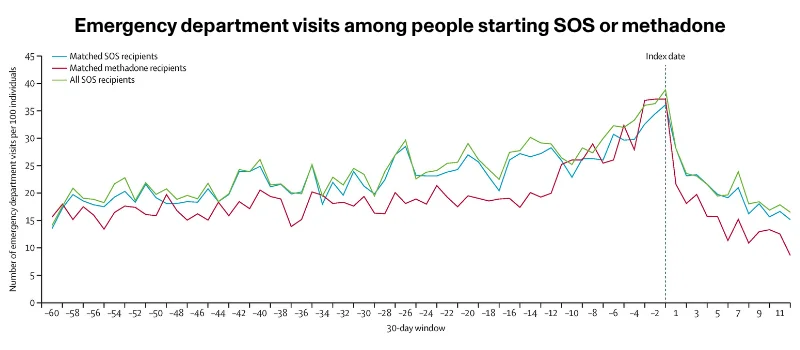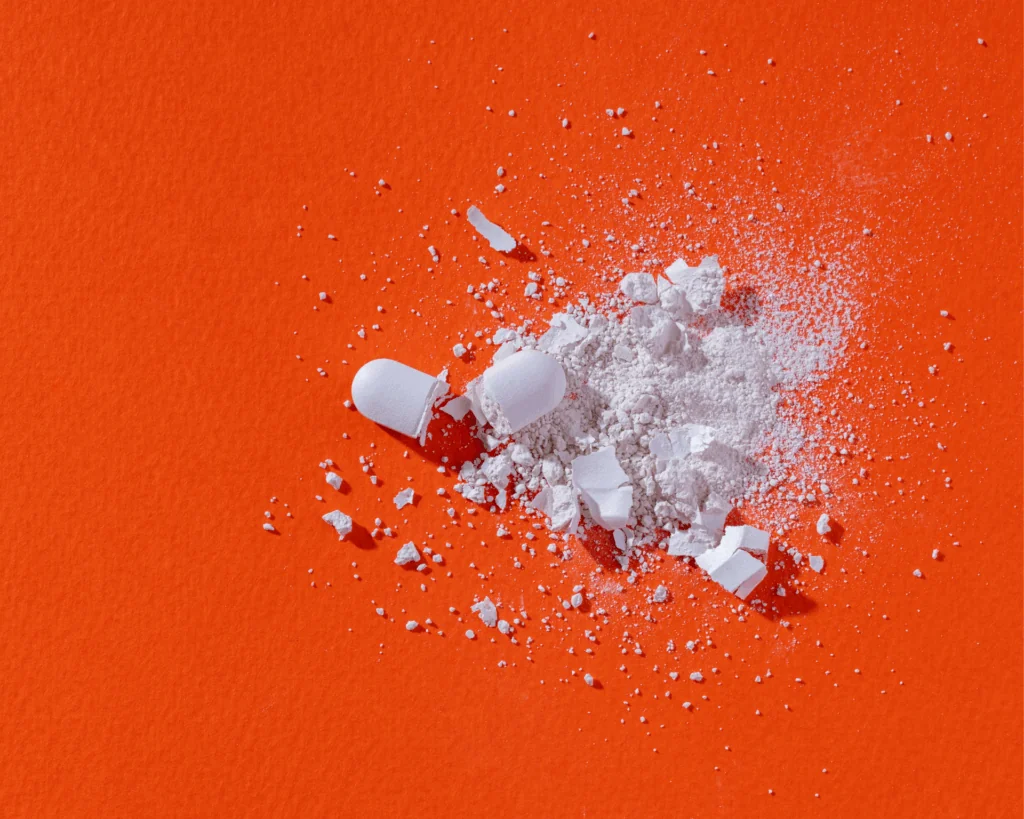Safe Opioid Supply Leads to Better Outcomes
Safer opioid supply programs are effective strategies against the opioid epidemic, reducing overdoses, infections, and health care costs.

Read Time: 3 minutes
Published:
In the United States, opioid overdose is the leading cause of preventable death among people ages 18 to 45. This crisis is made worse by how uniquely difficult it is to stop using opioids once dependence takes hold. But harm reduction strategies offer a different way forward, meeting people who use drugs where they are and helping them stay alive and connected to care, even if they are not ready or able to stop using drugs.
Such strategies include opioid agonist therapy (methadone) and medication that rapidly reverses overdose (Narcan). Another emerging approach is safer opioid supply (SOS) programs, which prescribe pharmaceutical-grade opioids to people at high risk for overdose due to contaminated street drugs. The drug supply in the U.S. is increasingly laced with fentanyl and other drugs. In 2023, between 70-80% of fatal opioid overdoses involved fentanyl.
Political opposition, stigma against people who use drugs, and funding cuts make such strategies difficult to implement in the U.S. Most states don’t even allow safe injection sites, based on the mistaken belief that creating safer spaces for people using drugs encourages drug use. But we learn much from cities across Canada that have seen success with SOS programs. In a new study, Tara Gomes and colleagues used data from the Canadian Institute of Health and Ontario Narcotic Monitoring System to compare the health outcomes of 856 people who started SOS programs with 856 people who started methadone treatment between 2016 and 2021.
After one year of treatment, both cohorts saw steep declines in opioid overdoses, new infections (such as HIV, hepatitis C, and soft tissue infections), and health care costs. Overdose deaths were uncommon in both groups, indicating that medically supervised prescribing is safe. There was also an immediate and sustained decline in emergency department visits for all groups, as shown in the graph.

At baseline, new SOS recipients had more underlying health conditions and used health care more frequently than new methadone recipients. This indicates that SOS programs may be reaching people with more complex medical histories, such as HIV, hepatitis C, and previous overdoses.
The authors note that their findings do not mean that one strategy is better than the other, but that both are safe and effective. Fewer hospital visits ease the burden on the already strained health care system, and for those who use opioids, fewer trips to the emergency department can signal greater stability and fewer medical problems. By extending treatment to medically complex, high-risk individuals, SOS programs strengthen our collective capacity to curb opioid-related harms.



